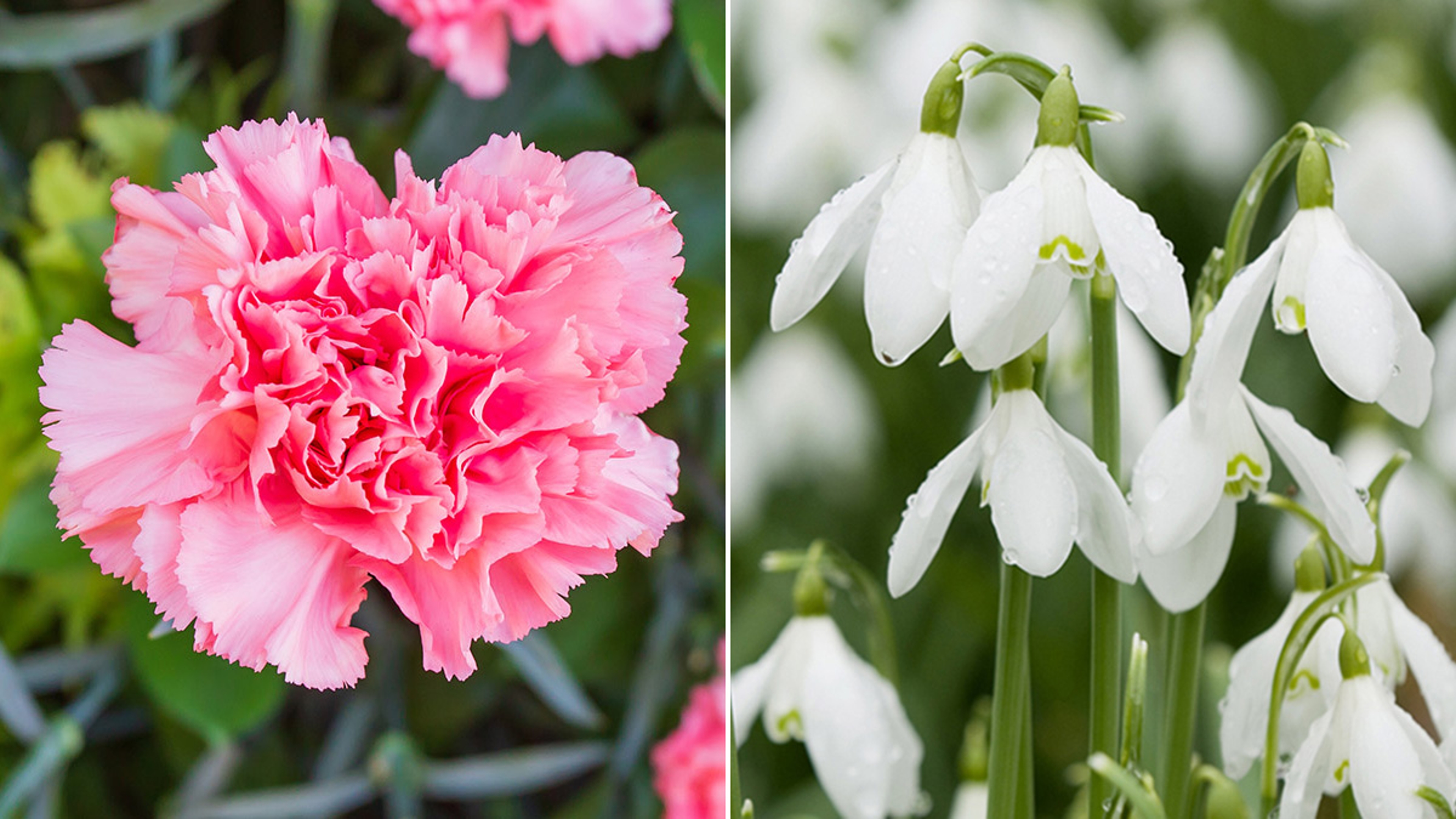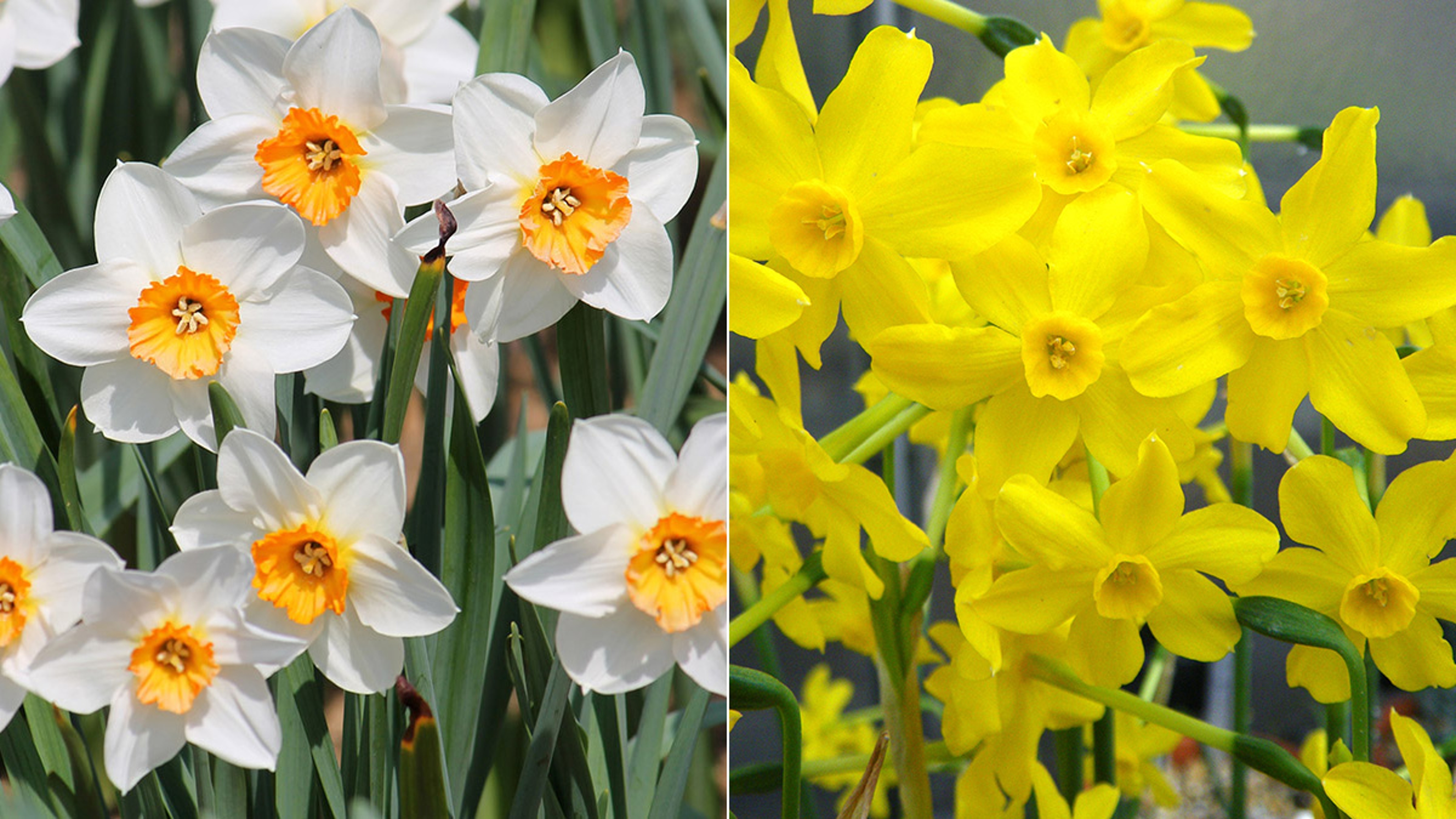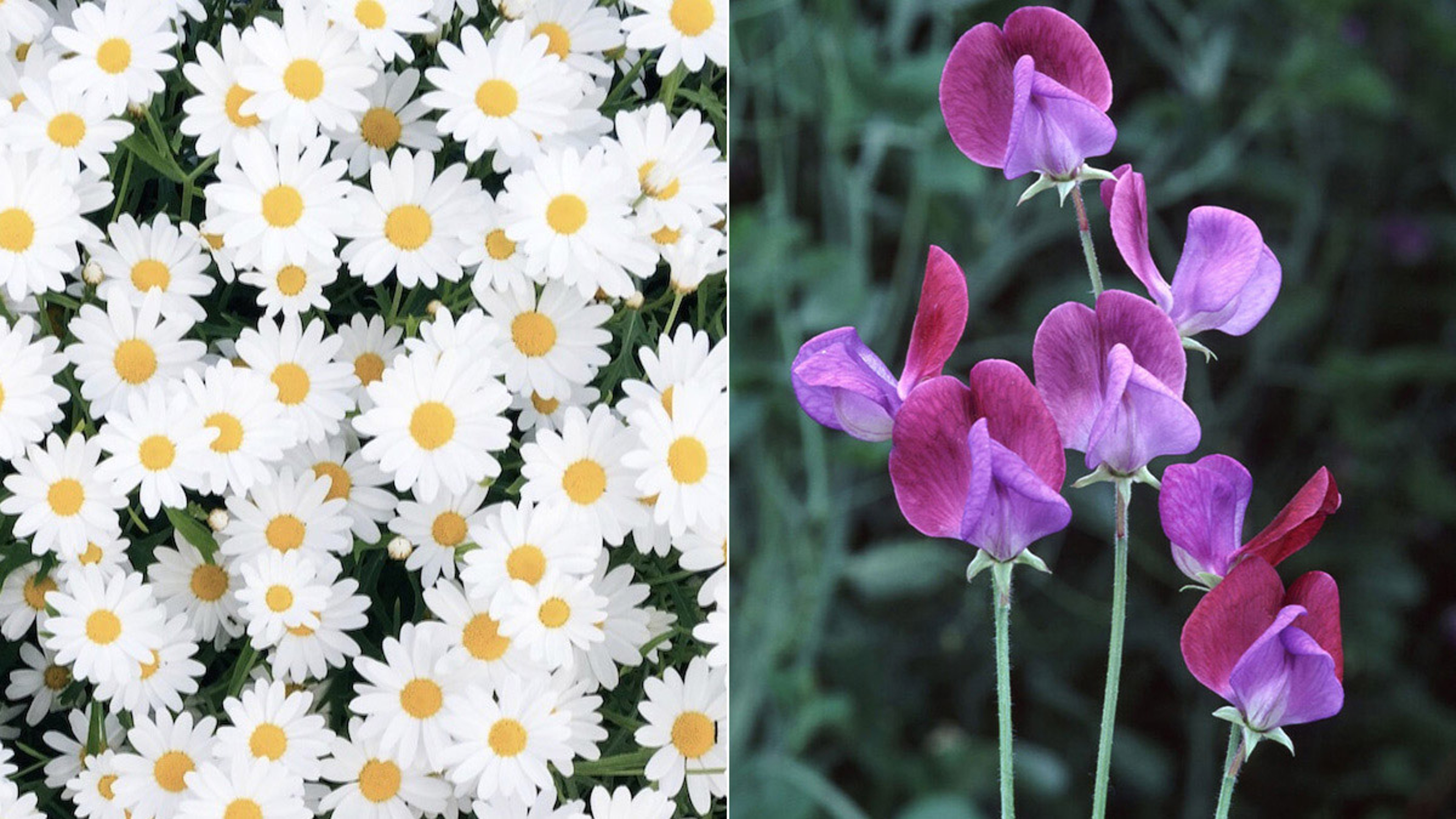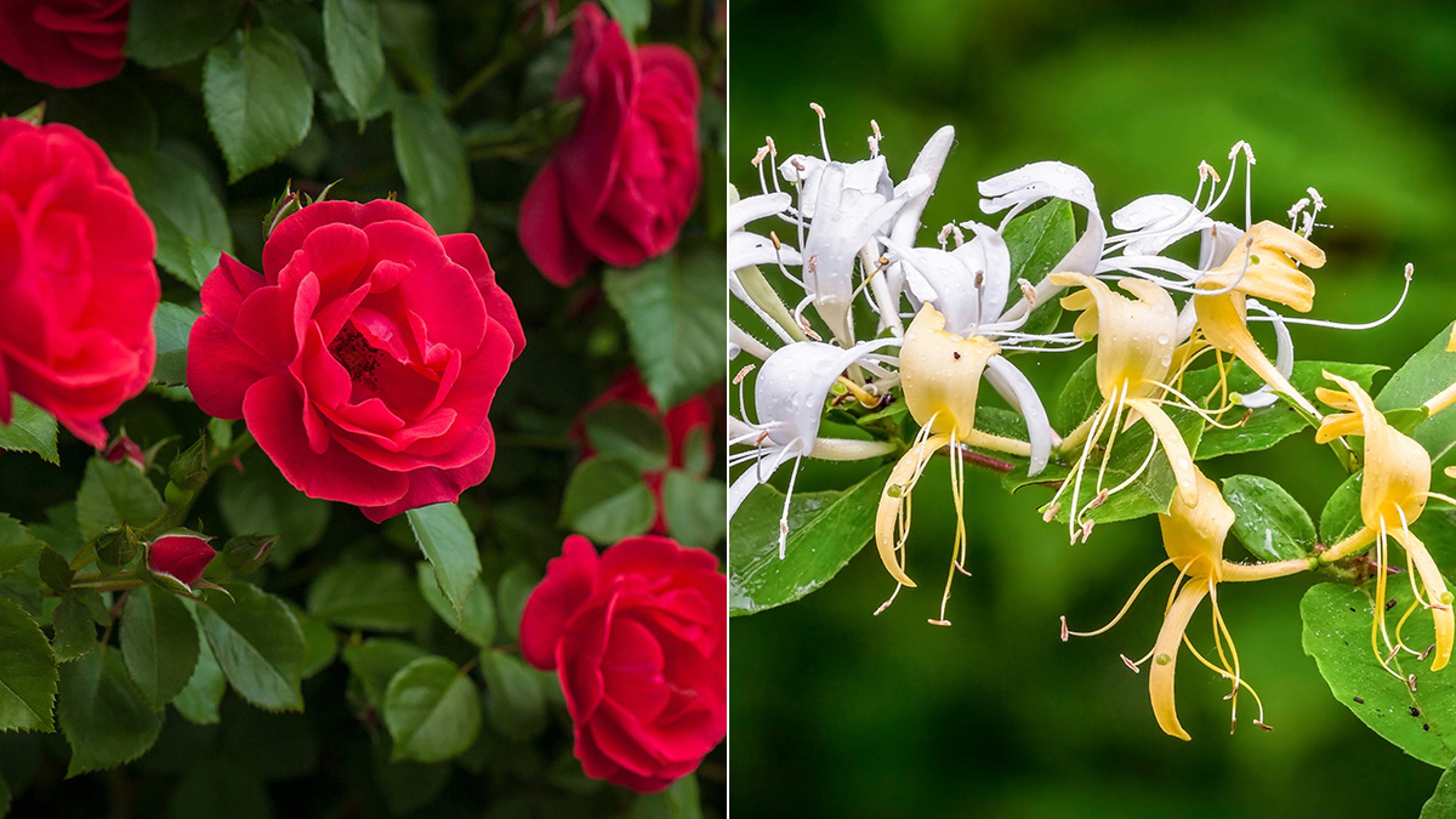August Birth Flowers: All About the Gladiolus and Poppy
It should come as no surprise that the birth flowers for the last full month of summer are two incredibly vibrant and captivating specimens.
Jul 25, 2023
Just as every month has a birthstone, it also has a flower (and sometimes two!) associated with it. And, like birthstones, each month's birth flower holds a special significance, representing the unique qualities and characteristics of individuals born in a particular month. For those born in the last full month of summer, then, it comes as no surprise that the August birth flowers are two incredibly vibrant and captivating specimens: the gladiolus and poppy.
Gladiolus
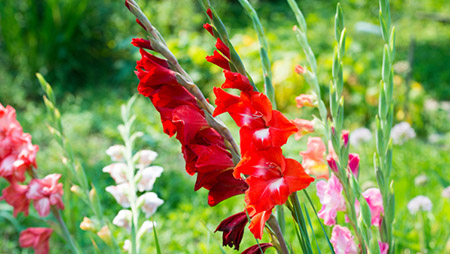
Gladiolus, sometimes referred to as the "sword lily," is an incredibly popular outdoor plant. Reaching heights of 4 to 5 feet, gladioli command attention with their tall, majestic spikes adorned with vibrant blooms. For this reason, they are commonly placed in the back of flower beds to add height and texture. Their blooms range in height, thickness, and color, making them incredibly diverse.
What is the history of the gladiolus?
The gladiolus boasts a rich historical background dating back to ancient Roman times. Native to South Africa, gladioli didn't make their way to Europe and the United States until the mid-1700s. By the early 1800s, Europeans began hybridizing them, first in England and then in other countries across the continent. The flower exploded in popularity in America during the late 19th and early 20th centuries. Today, there are roughly 260 species and dozens of colors of gladioli.
What does the gladiolus mean?
The name "gladiolus" is derived from the Latin word "gladius," meaning sword, referring to the plant's sword-shaped leaves and association with gladiators. Therefore, since ancient times, this flower has been mainly associated with the qualities of strength, honor, resilience, and moral integrity.
They do have a softer side, though: Gladioli are also viewed as a symbol of remembrance, making a fitting tribute to honor the memory of loved ones.
Additionally, gladiolus is associated with infatuation and love at first sight. It represents a powerful and passionate affection, making it an excellent choice for expressing intense emotions.
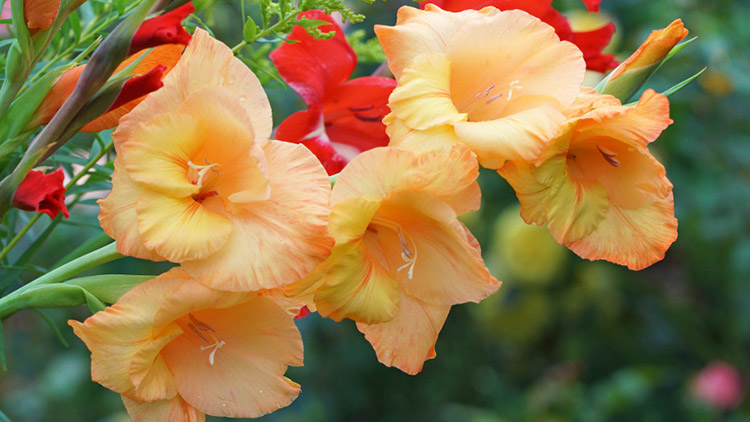
How to care for gladiolus
Gladiolus grow from corms (underground stems) that are planted in the spring. The bigger the corms you plant, the larger the flowers will be.
Watering: Require regular watering to keep the soil moist but not waterlogged
Sun exposure: Full sun
Soil needs: Well-drained, fertile soil enriched with organic matter
Stem support: Due to their height, gladioli often require staking to prevent them from toppling over in strong winds. Utilize bamboo stakes or other supports to provide stability.
USDA hardiness zones: 8-10
Bloom time: Early summer to late fall
Poppy
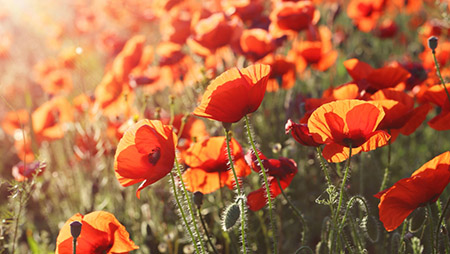
Poppies are a short-lived perennial that range in size from a few inches to nearly 4 feet tall. These delicate yet striking red flowers may be tiny, but they have captivated the hearts and minds of cultures throughout history, making their way into poems, movies, novels, and mythology.
What is the history of the poppy?
In ancient times, the Sumerians believed the poppy to be the “flower of joy." After the flower made its way to the Greeks, it quickly became a popular religious symbol, with wreaths of poppies adorning statues of gods. Today, poppies have come to signify those lost to war, specifically World War I. The poppy is also the emblem of Remembrance Day — a day honoring those who lost their lives in the armed forces.
What does the poppy mean?
In 1915 a field of poppies inspired Lieutenant Colonel John McCrae to write his now famous poem “In Flanders Fields." After World War I, the poppy became a universal symbol of remembrance and sacrifice.
Poppies are also known for their vibrant colors, including white, yellow, gold, orange, red, blue, and purple, and so are viewed as symbols of beauty, grace, and extravagance. They also are seen as a representation of admiration and appreciation for someone's unique charm and allure.
In Greek and Roman mythology, the poppy had ties to the underworld and represented consolation and resurrection. Today, the flower signifies the ability to overcome challenges and emerge stronger on the other side.
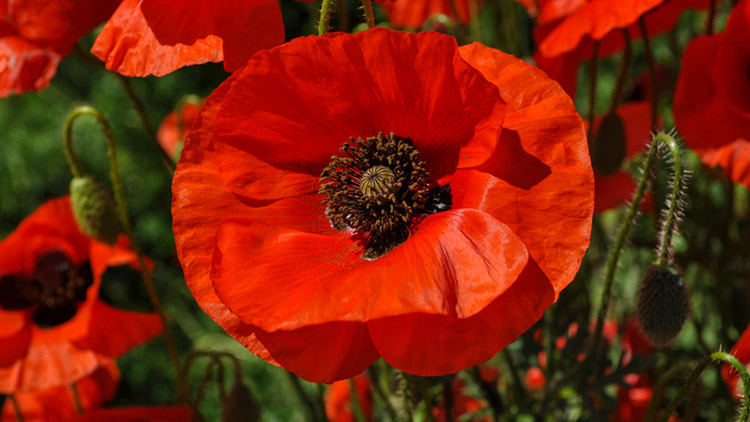
How to care for poppy
Poppies are low-maintenance flowers that can thrive in unwelcoming conditions and with a minimal amount of care.
Watering: Water sparingly
Sun exposure: Full sun to partial shade
Soil needs: Well-drained, fertile soil
USDA hardiness zones: 2-9, depending on variety
Bloom time: Late spring to early summer



